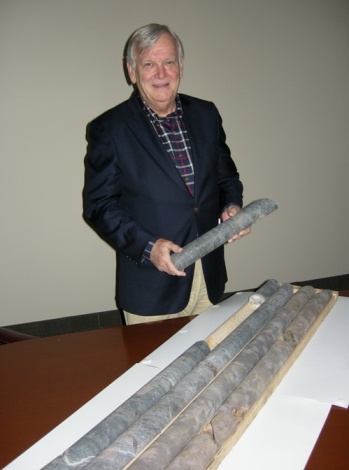Getting the Ring of Fire Right is Complicated
THUNDER BAY – The Ring of Fire mining opportunities are massive. However the efforts to “Get it right,” as Minister Michael Gravelle has repeatedly stated are causing those efforts to come under fire. The New Democrats are accusing the Wynne Government of only governing by ‘Press Release’.
“The announcement that outside consultants have been brought in to guide the Ring of Fire Development Corporation is a stark reminder of the Liberal government’s inability to spur development in the mining sector”, charges NDP Northern Development and Mines Critic Michael Mantha.
“The Liberal government continues to govern by press release; all talk no action,” continued Michael Mantha, the MPP for Algoma-Manitoulin. “This latest announcement by Mining Minister Michael Gravelle further proves that this government is determined to create jobs anywhere but in the actual mining sector. We now see consultant companies profit while the mining companies are left on the sidelines and First Nations suffer.”
























